LUIT chlorination system uses chemical dosing system with can deliver 10-1000 lph of liquid sodium hypochlorite. Chlorine inactivates a microorganism by damaging its cell membrane. Once the cell membrane is weakened, the chlorine can enter the cell and disrupt cell respiration and DNA activity (two processes that are necessary for cell survival).
Any type of chlorine that is added to water during the treatment process will result in the formation of hypochlorous acid (HOCl) and hypochlorite ions (OCl-), which are the main disinfecting compounds in chlorinated water.
A Form of Chlorine + H2O -> HOCl + OCl-
Sodium hypochlorite (NaOCl) is made up of the sodium salts of hypochlorous acid and is a chlorine-containing compound that can be used as a disinfectant. It is produced when chlorine gas is dissolved into a sodium hydroxide solution. It is in liquid form, clear with a light yellow color, and has a strong chlorine smell. Sodium hypochlorite is extremely corrosive and must be stored in a cool, dark, and dry place. Sodium hypochlorite will naturally decompose; therefore it cannot be stored for more than one month at a time. Of all the different types of chlorine available for use, this is the easiest to handle.
NaOCl -> Na+ + OCl-
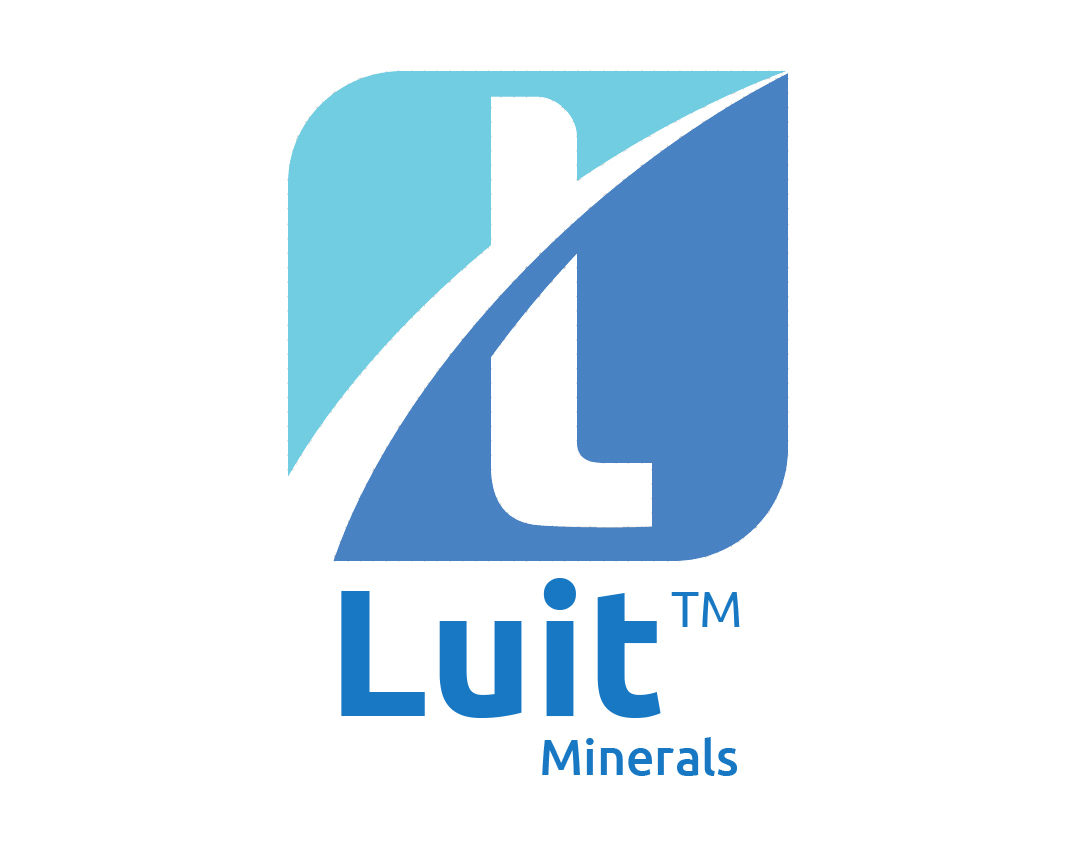
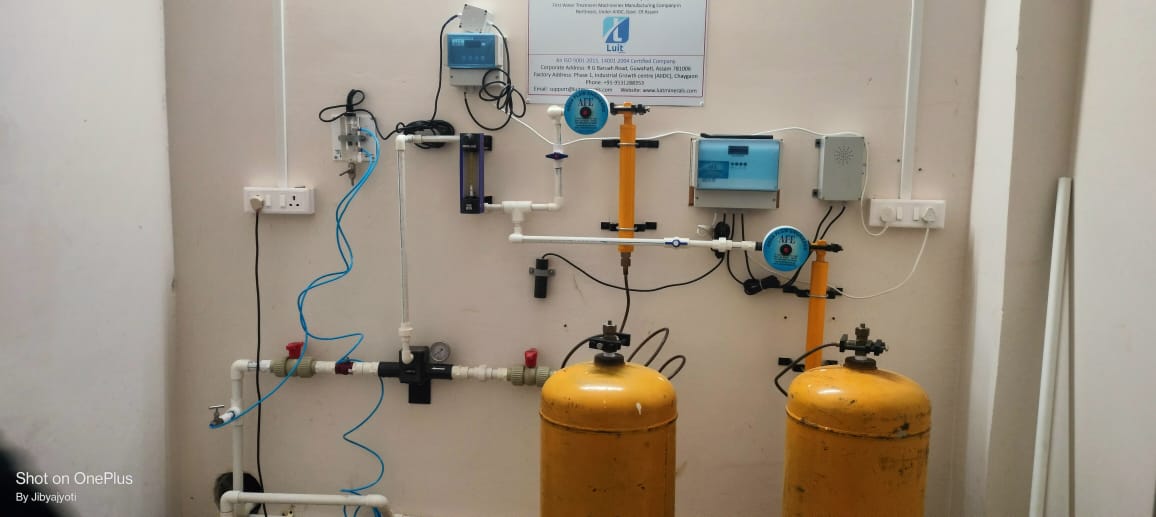
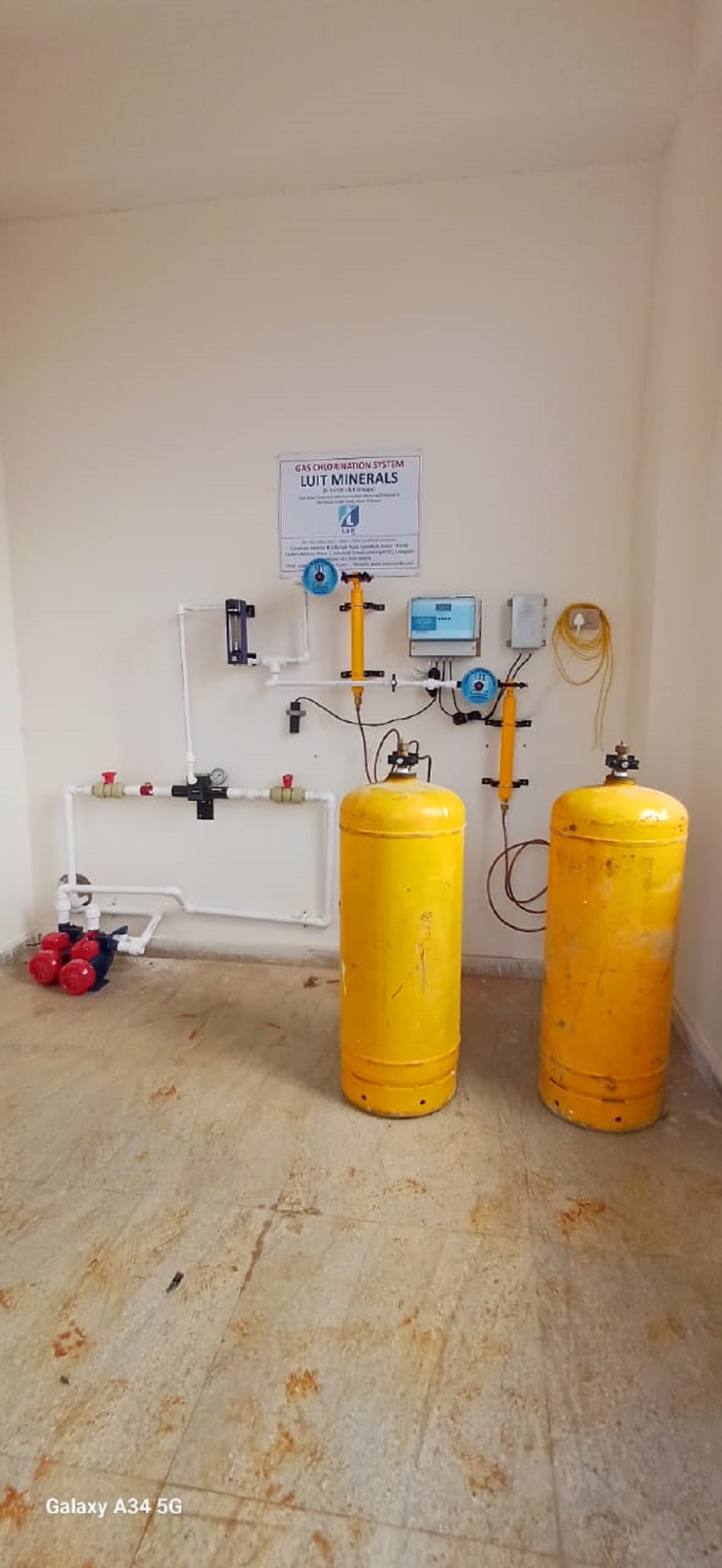
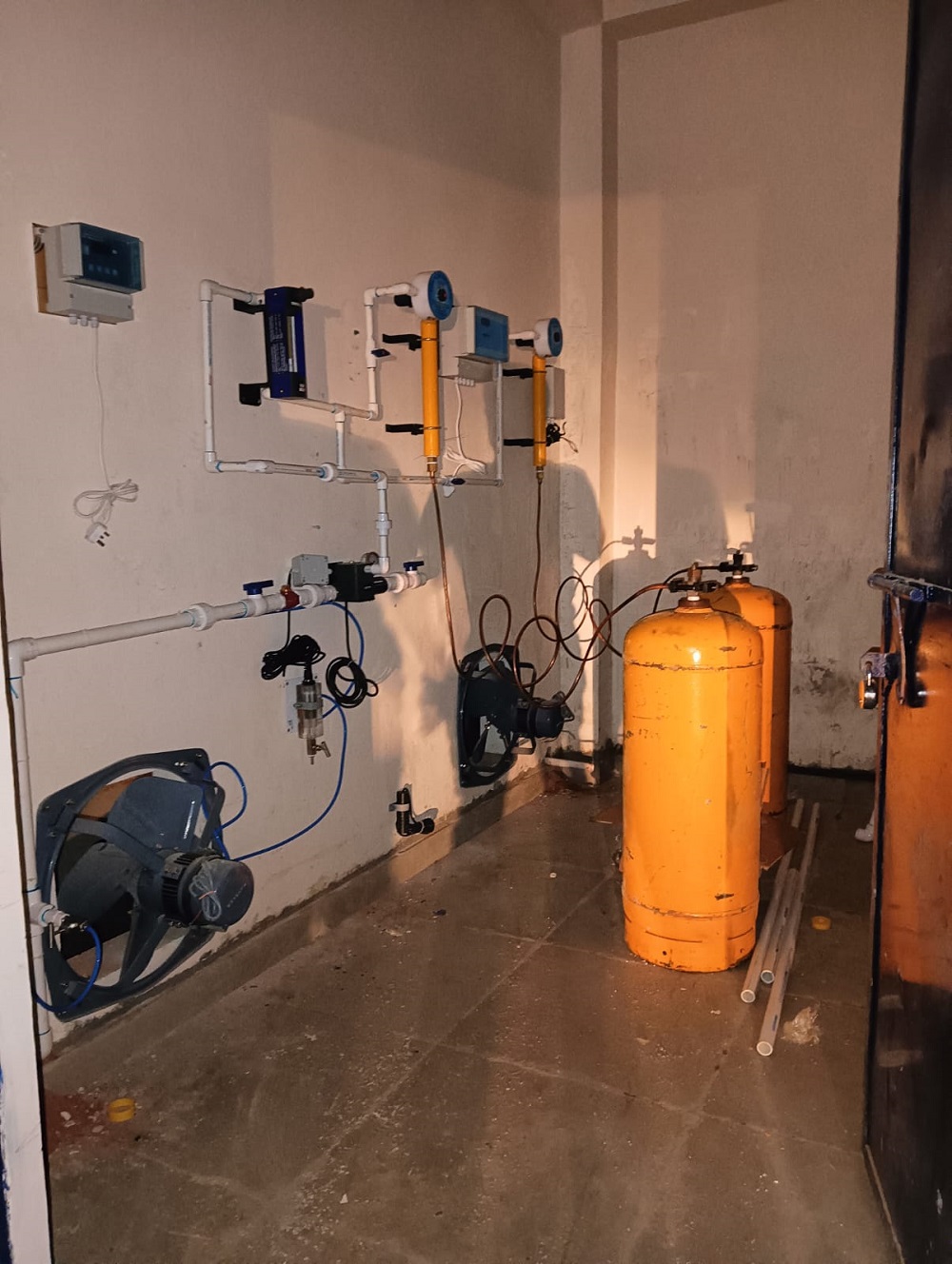
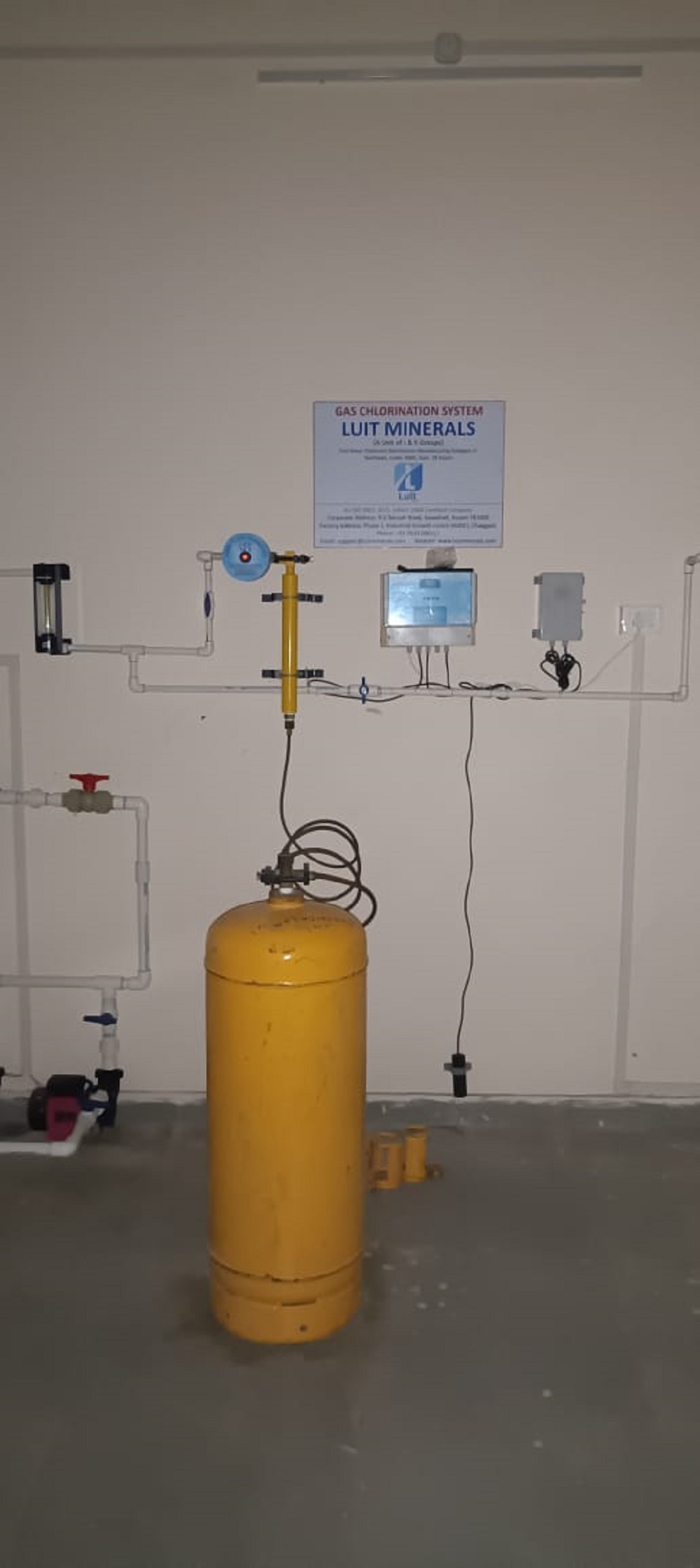
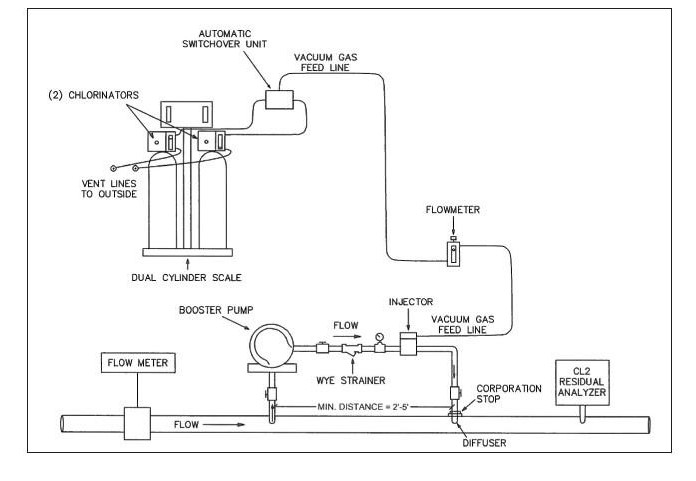
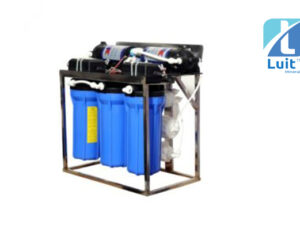
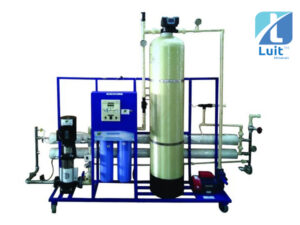
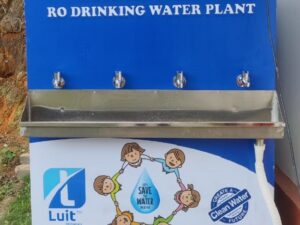

Reviews
There are no reviews yet.